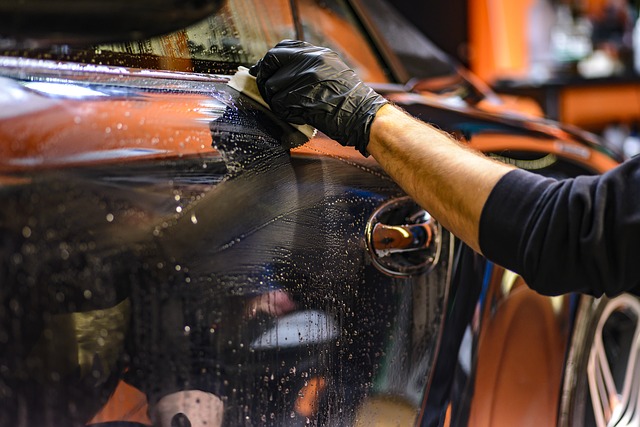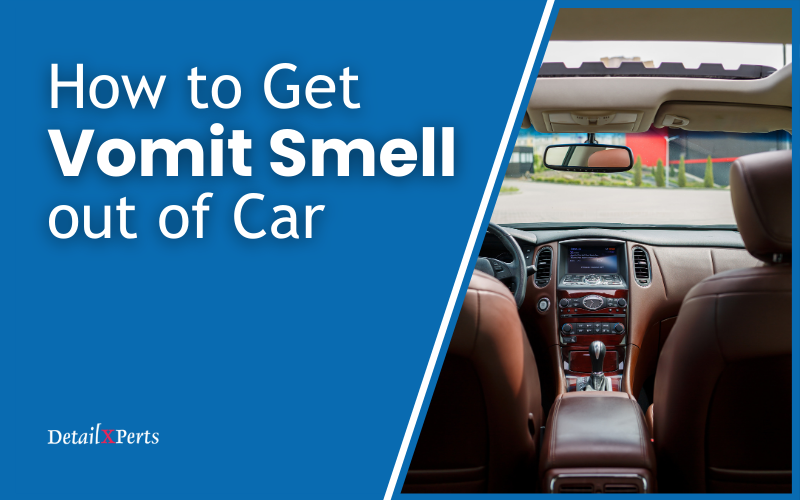Damage to a car’s paint is inevitable. Its exterior is exposed to harmful elements like UV rays, acid rain, and contaminants on a daily basis. Minor paint damage like scratches or swirl marks can be temporarily remedied by applying wax or polishing agents with the use of a buffing or polishing machine. However, compounding a car is what you need for a more permanent solution, especially with scratches that go deep into the paint layers.
Compounding a Car – What Is It?
Compounding a car is when you use a compounding agent to remove scratches by leveling the uneven paint surface. People sometimes confuse it with polishing. The latter is a broader term for removing paint defects and applying wax and sealant for protection. The key difference is the compounding or leveling agent applied. It acts like a liquid sand paper to remove a larger amount of clear coat layer and even out the surface.
Benefits of Compounding
Permanently Removes the Defect
Since the process of compounding smooths out the damaged areas of the paint, the paint correction is more permanent and will not come off after a few washings.
Completely Eradicates Contaminants
Dirt, dust, tree sap, bird droppings, and other contaminants are removed from the car’s exterior so that they cannot cause further damage to the paint coatings.
Provides a Smooth, Shiny Exterior
The compounding process gives a new life to your previously dinged up car. It leaves your car’s paint looking new and shiny with no trace of the scratches.
Adds Protection
Applying wax, polish, and paint sealant after compounding a car will provide additional protection against external elements.
How to Compound Your Car
Compounding a car is ideally done twice a year to immediately address minor damage and prevent existing scratches and marks from worsening and going deeper into the paint coatings. Here are the basic steps you can follow to compound your own car:
Washing and Decontamination
Make sure that your car is clean and free from dust, debris, and other contaminants before applying the compound. Wash your car thoroughly and remove all contaminants. Use a detailing clay, tar remover, or products that remove contaminants that bonded to the metal. Dry your car completely afterwards to avoid water spots.
Application of Compound
It is important that you choose the right compound formula for the specific type of paint damage you’ll be treating. Compounding agents either use Super Micro Abrasive Technology (SMAT) or Diminishing Abrasive Technology (DAT). These have different approaches and efficiency in removing scratches. Choosing the right applicator (for polishing by hand) or compounding pads (machine polishing) is also crucial in setting the right level of pressure and abrasion to your car’s exterior. Apply just the right amount of compound in a steady even motion to keep the area moist.
Applicators collect debris and gunk during the process. Therefore, you must constantly rinse them. When working with a machine polisher, be careful not to overwork and cause extra friction to the parts you are working on.
Rinsing and Drying
Once you apply the compound to the entire body of the car, rinse the car’s exterior with clean water and dry the surface thoroughly.
Buffing and Waxing
Buffing your car will leave its exterior shiny and smooth. Apply wax or fine finishing polish to your car. Use terry cloths or a foam pad on a machine polisher. Allow the wax to dry and wipe off any excess with a microfiber towel.
Touching up the Paint
In some instances, paint needs to be reapplied to deeply scratched areas to cover up the coat layers removed by the compounding agent.
Dullness in a car’s paint is often associated with the car needing to be washed or waxed. Sometimes, you need a professional detailer to carefully assess the paint condition and determine the severity of damage that most car owners fail to see. Call DetailXPerts now to have your car checked. Our team of detailing experts will discuss with you whether your car is in need of compounding and how your car can have a renewed gloss and shine.
Enjoyed this post? Sign up for our newsletter to receive more valuable tips, ideas, coupons, and extras!





